
The start/stop effect is a popular effect that was an integral byproduct of old open-reel recorders.
Achieving the same idiosyncratic behaviour in your DAW is best left to a purpose-built plugin. A great option and one that’s completely free is Cassette Transport from Wavesfactory, which you can find here.
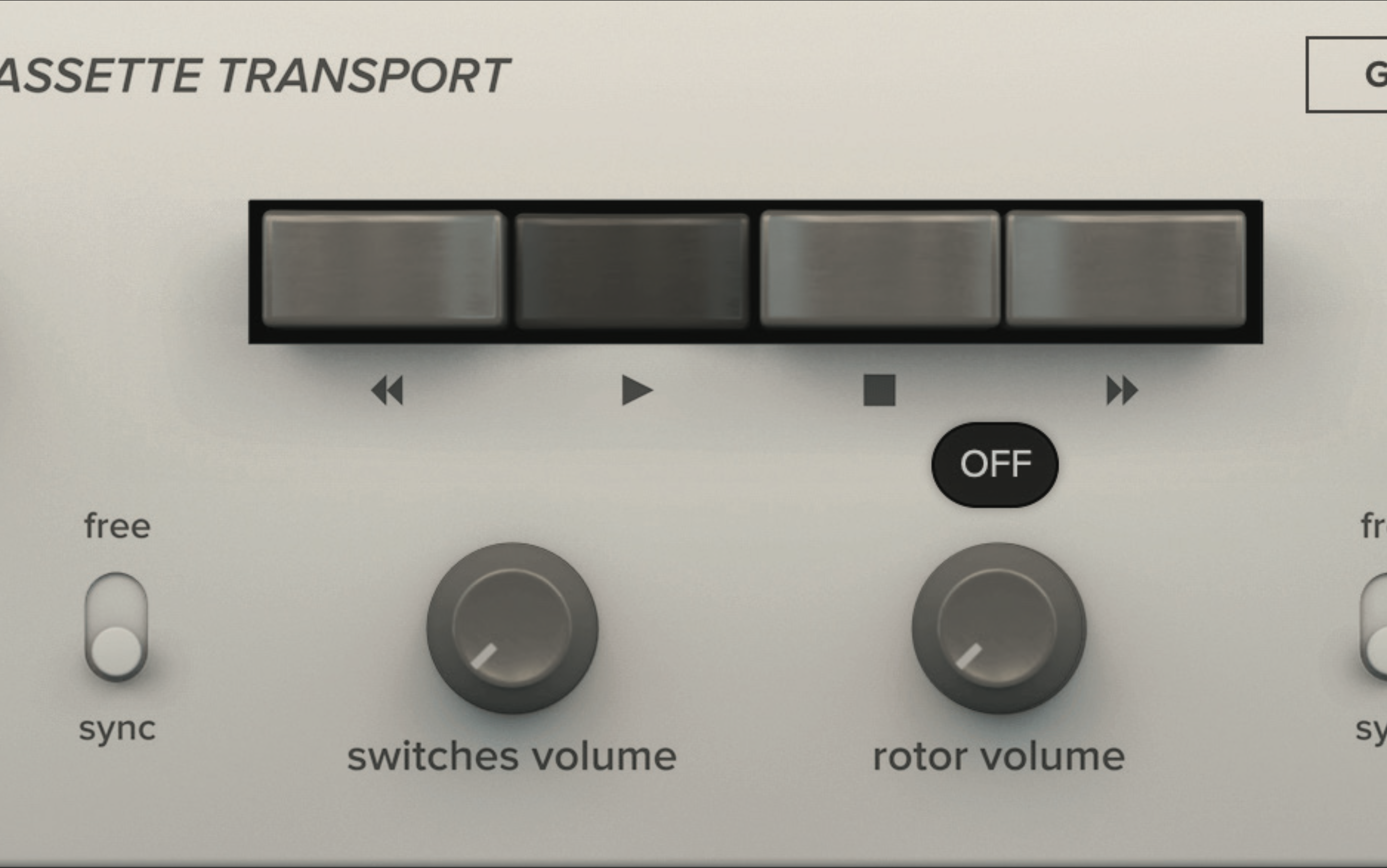
We’ve loaded up an instance across our beats just to investigate what it can do. The first thing to spot is that it includes level controls for the switches and rotor sounds that you get with a cassette deck. Unless you want either of these noises added to your audio, turn them fully counter-clockwise (off).
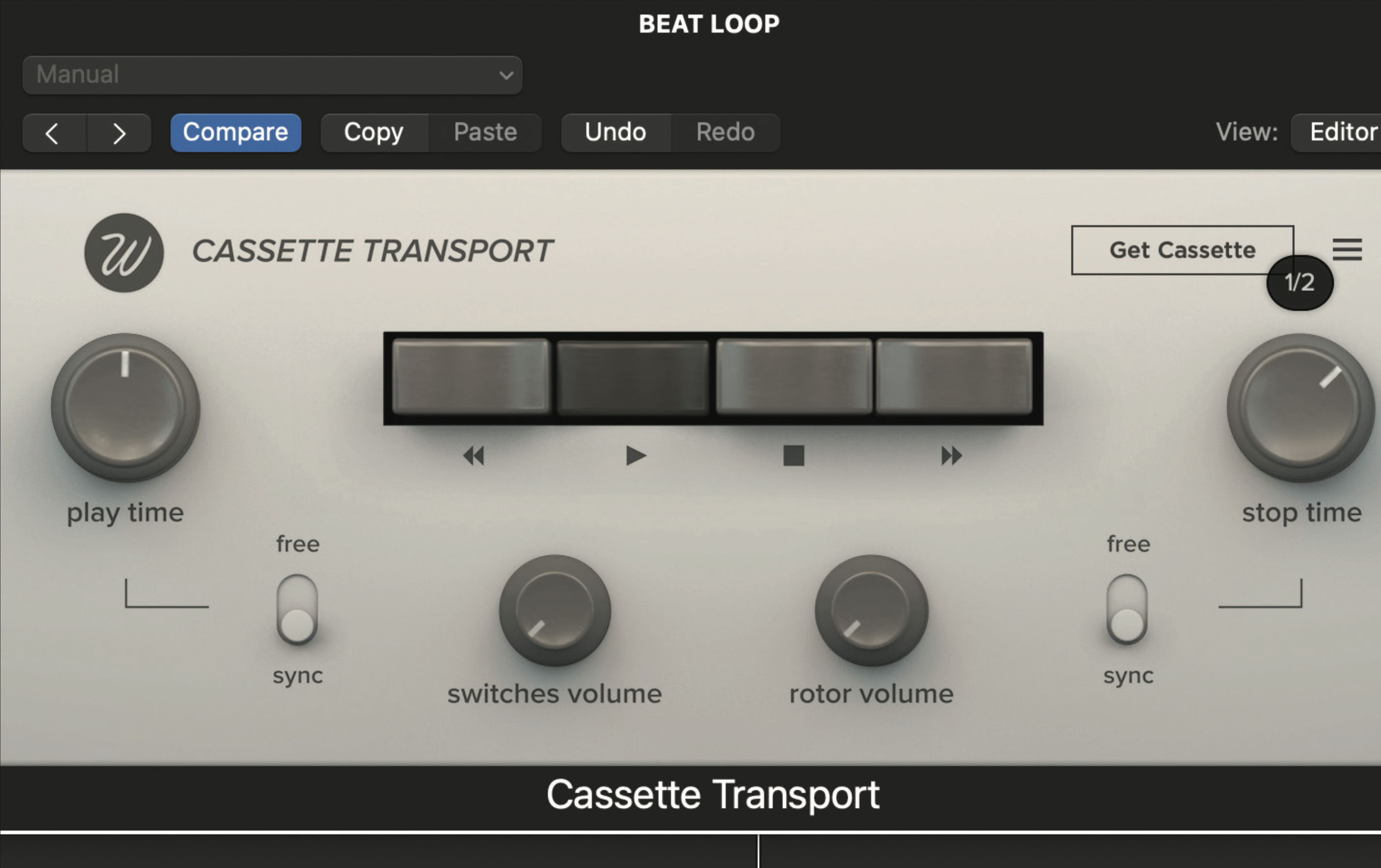
The plugin loads in a default state with ‘play’ selected, meaning you’ll continue to hear whatever is playing on the track. The start and stop effects are initiated by switching from stop to play or play to stop respectively when your DAW is in playback. The transition speed is set by the Play Time and Stop Time controls.
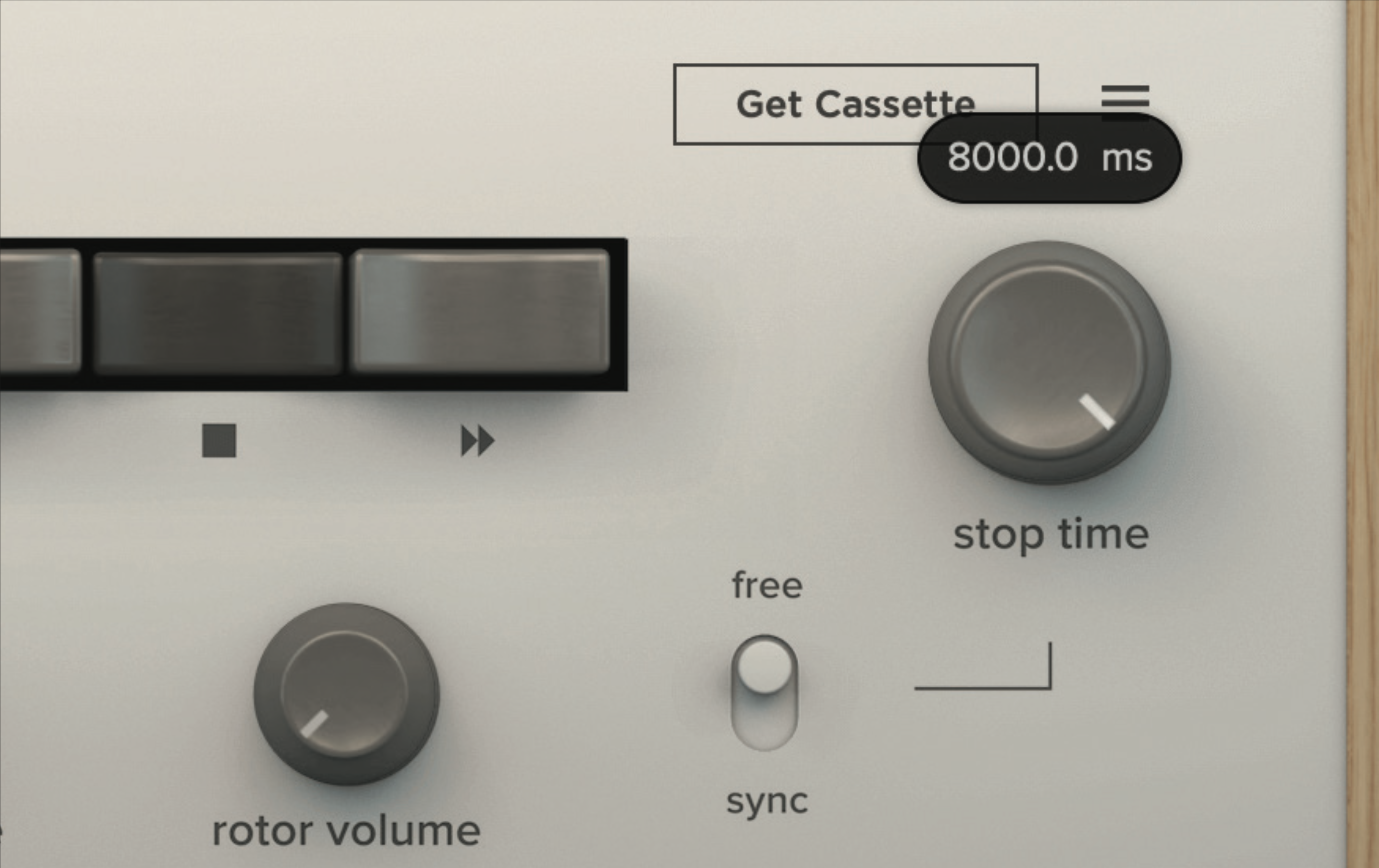
You’ll notice that the transition speeds can be tempo-synced or free time, and in free time both have a maximum transition time of eight seconds, which allows for some pretty extreme outcomes. To our ears, the effect is at its best when operating well within its timing limits.
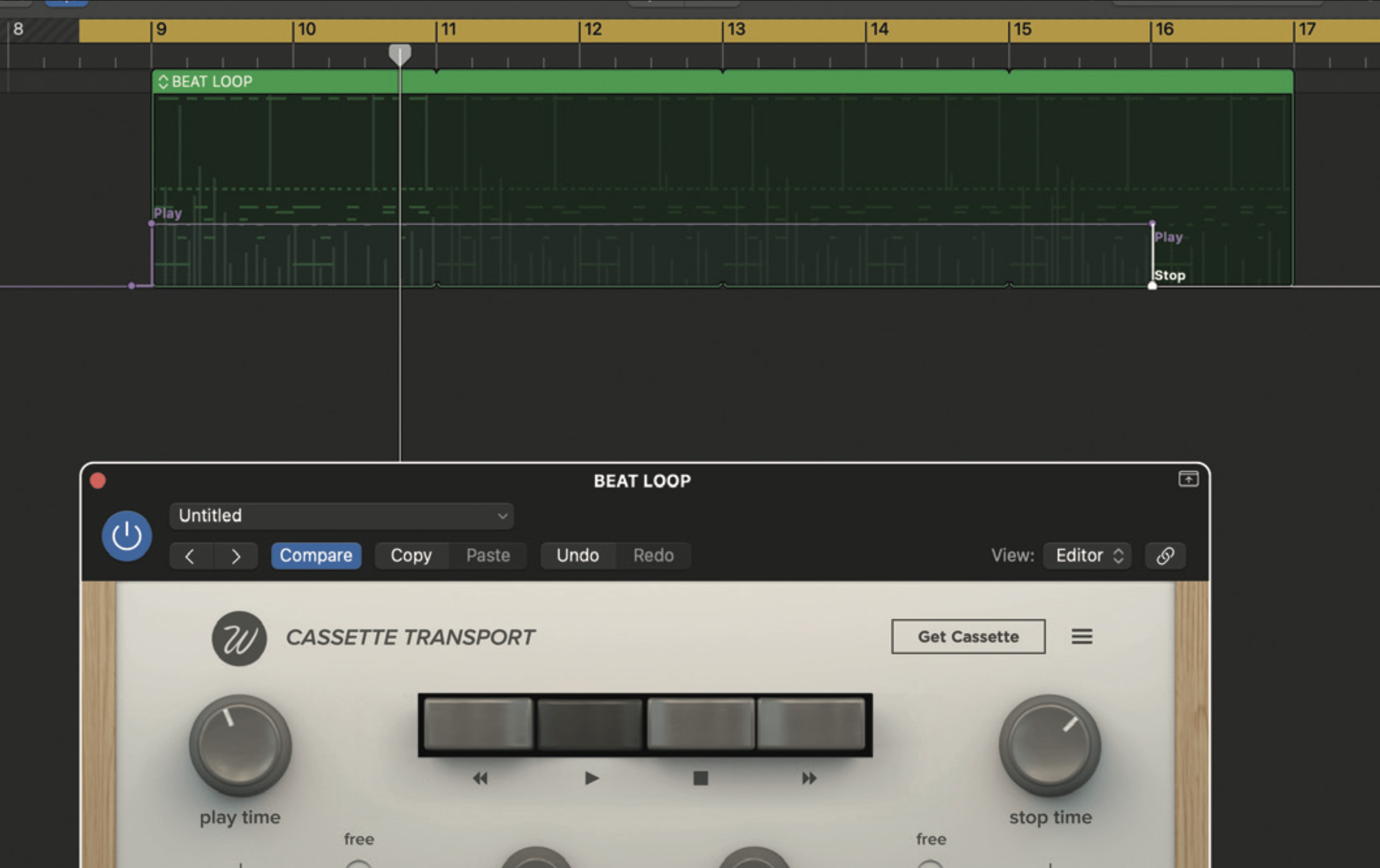
Timing the transitions can be tricky, and if you plan to use the effect in real time, the best approach is simply to put in some automation for the transport (start/stop) and tweak the timing until you get the effect you want. We’ve done so here, with our favourite settings typically incorporating a much faster, sped-up timing.
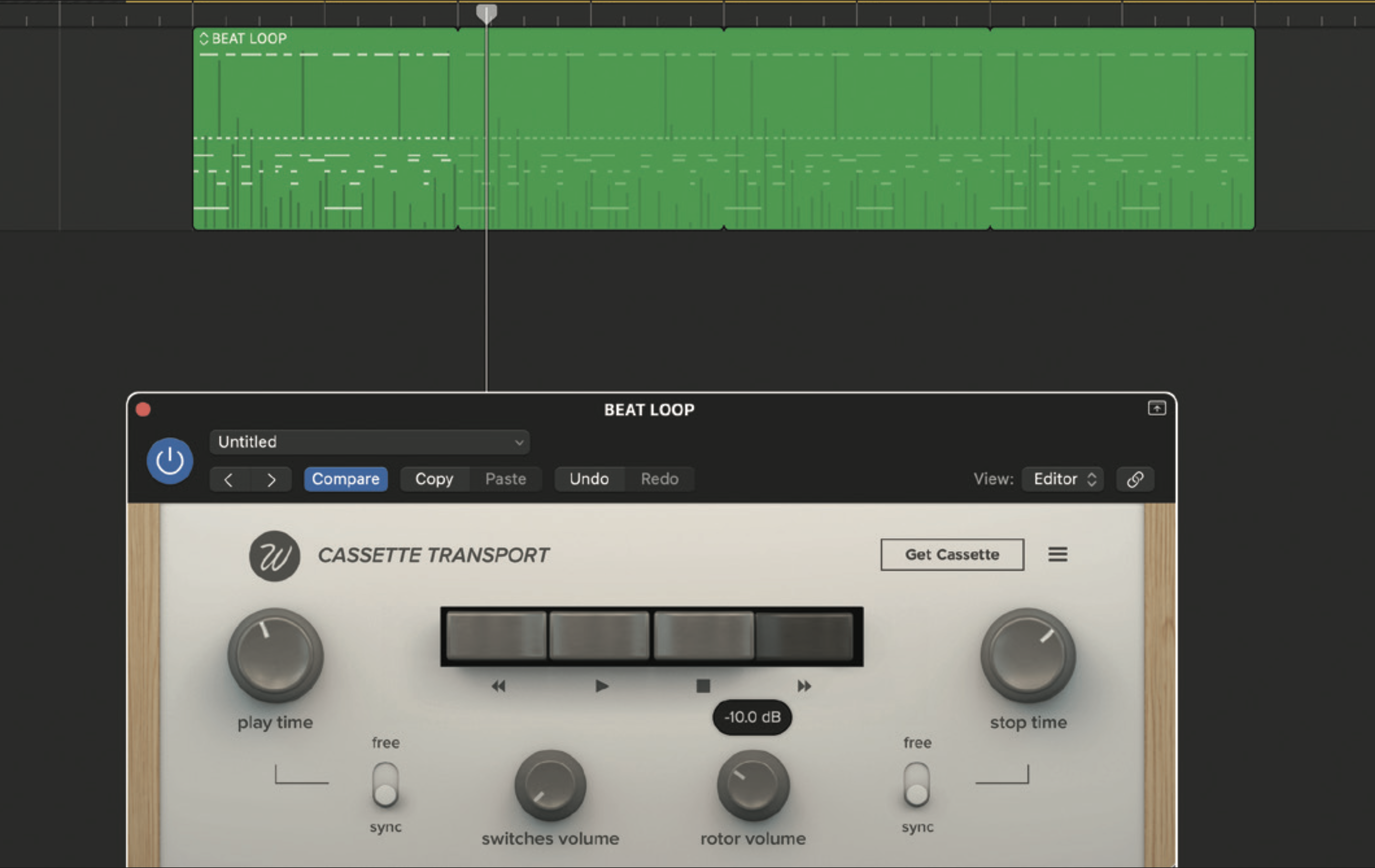
Finally, you may have spotted the fast forward and rewind controls. These are part of the Rotor Volume feature and do not process your source audio. All you need to do is turn up the Rotor Volume and select either. This works without DAW playback and can be used in conjunction with the start and stop Rotor effects.







